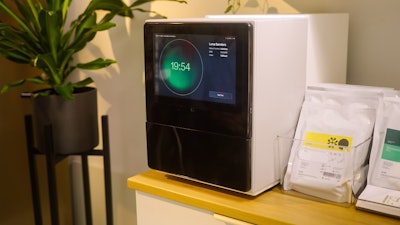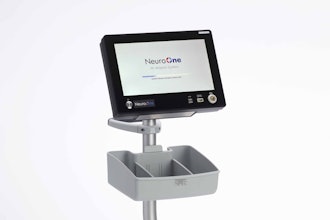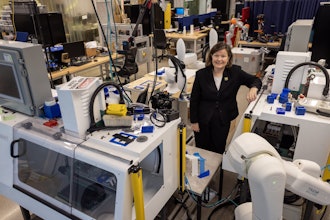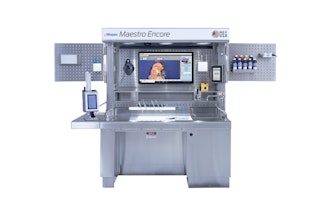
Vital Biosciences introduced its new product, the VitalOne. The VitalOne intends to make blood diagnostics ubiquitous by bringing more than 50 lab-grade test results that cover 95% of routine lab orders to primary care sites in the form of a device the size of a desktop computer.
The VitalOne will allow doctors to test, diagnose, and treat patients in the course of a single visit. Patients receive their results within 20 minutes. The VitalOne is in late-stage development and is not yet available for sale. The underlying technology already has been tested and validated against thousands of samples versus gold-standard instruments with Vital’s lab partners.
Vital also announced that it has raised $48 million to date from Lachy Groom, Northpond Ventures, Sam Altman, Marc Benioff, Labcorp, Inovia Capital, Route 66 Ventures, and others.
Funding will be directed toward late-stage development, verification and validation activities, and initiating clinical studies.
Vital is reimagining point-of-care testing through its development of the VitalOne to create a world where patients will not need to take additional time off from work, travel between their primary care doctor and a lab, or wait for days to discuss their results with their healthcare provider. Closing this gap will make diagnostics more accessible and accelerate clinical interventions that prevent adverse outcomes and disease progression.
The VitalOne is currently in late-stage product development, with further clinical studies planned for later this year.
Routine lab testing has been part of clinical guidelines for decades. Today, 70% of medical decisions depend on laboratory test results. Yet up to 30% of electronic lab orders go unfilled. For example, as many as 20% of U.S. adults with diabetes do not know they have it, and 80% of individuals with prediabetes are unaware of their condition. Preventing the progression of chronic diseases such as hyperlipidemia, type 2 diabetes, or congestive heart failure is through early detection and intervention. The current process for testing, diagnosis, and treatment is simply not accessible to all patients.






















